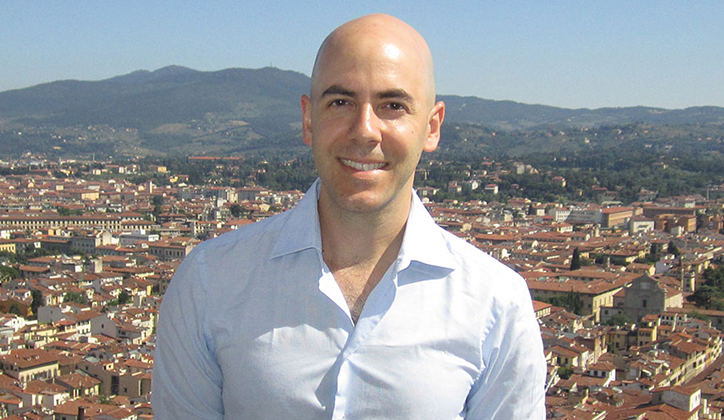Dr Brent Nongbri
ARC Discovery Early Career Researcher | Department of Ancient History
How long have you been a researcher at Macquarie?
I arrived at Macquarie in August 2010. I held a post-doctoral research fellowship in early Christianity in the Department of Ancient History. In 2012, I was awarded a Macquarie University Research Fellowship and in 2013 a DECRA fellowship from the ARC.
Give us an ‘elevator pitch’ of your research area…
My research includes ancient Mediterranean cultures (with special attention to early Christians) and methodological problems in the study of religion. My first book, Before Religion: A History of a Modern Concept (Yale University Press, 2013), is a genealogy of the idea of religion. Since no ancient language has a term or concept that neatly maps on to what most modern people mean when they say “religion”, I tried to provide an account of how religion came into being as sphere of life distinct (or at least ideally distinct) from other realms, such as law, politics, economics, and science.
My current research centers on the earliest papyrus manuscripts of the New Testament, which form the focus of my DECRA project, “How Old are the Oldest Christian Manuscripts? The Modern History of Ancient Christian Papyri and a New Approach to Establishing their Dates”.
In layman’s terms, what is the wider impact of your research?
My present project has the potential to revise fairly thoroughly what we know about the earliest form of the Christian Bible. Ancient Greek papyri from Egypt are one of our most important witnesses to the text of the New Testament. The papyri fascinate both scholars and the general public largely because of the early dates often assigned to them by the analysis of handwriting, or palaeography. However palaeography is an imprecise science that produces only ranges of possible dates, not the specific dates often assigned to biblical papyri.
My work attempts to treat these biblical manuscripts as three-dimensional archaeological artefacts and not just samples of handwriting. I’ve begun to develop a more comprehensive approach to assigning dates to manuscripts that combines a more exacting method of palaeography with greater attention to other physical features of the manuscripts, such as book-binding techniques. The preliminary results of my work suggest that we have dated some of our most significant papyrus manuscripts of the New Testament too early, by up to a century or more.
These findings have large implications not just for our effort to reconstruct the earliest version of the New Testament text but also for such questions as the history of Christianity in Egypt, early Christian scribal practice, and the rise and spread of the technology of the codex (as opposed to the scroll) as a means for transmitting literature.
In ten years’ time, I see my research…
At present, radiocarbon dating and chemical analysis of ink composition are used relatively rarely on ancient manuscripts because the processes are expensive and require the destruction of parts of the artifacts. It would be great if in ten years’ time, I could be exploring less destructive and more cost efficient ways of using new technologies to help us date and study ancient manuscripts.

